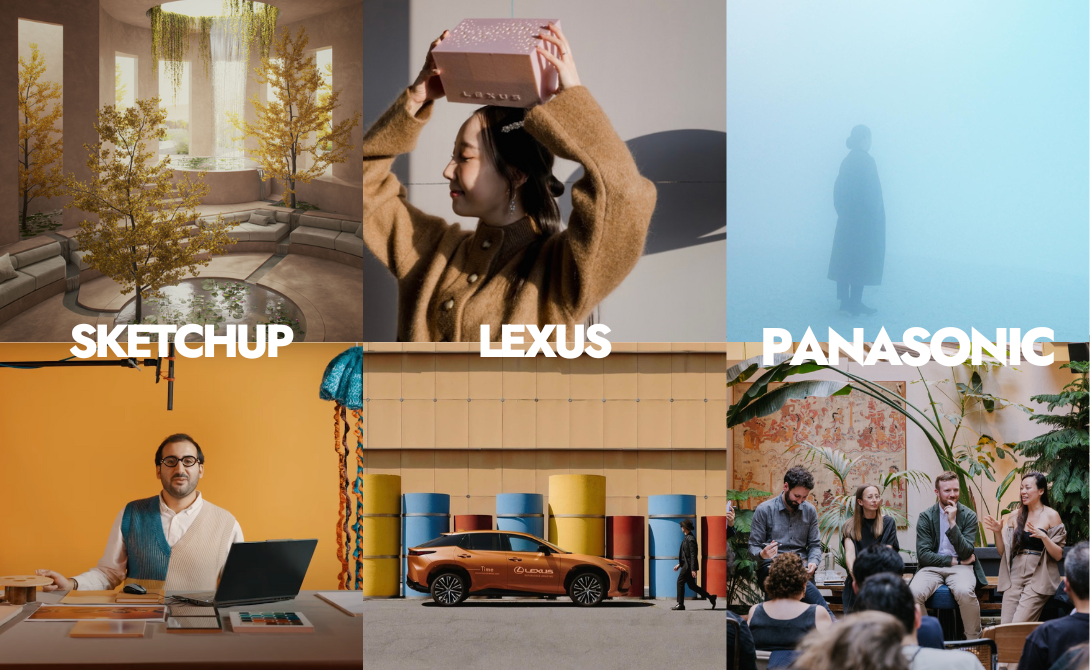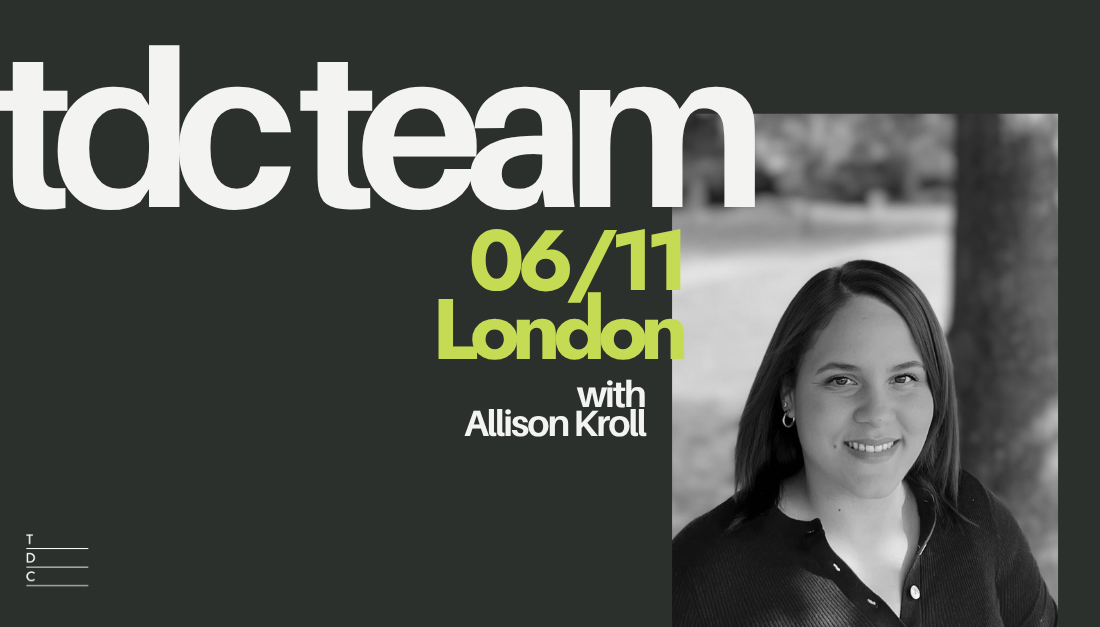Signals of Change: B2B Creators Are Humanising Influence in a Digital World
B2B influencer marketing is shifting from mass reach to meaningful voices. Discover how expert creators, internal advocates, and executive leaders are humanising influence in 2025—building trust, authority, and deeper brand connections.

Influencer marketing has grown up.
Once the playground of consumer brands, it’s now a serious tool for B2B storytelling, reputation-building, and industry engagement. Gone are the days of product hauls, lifestyle endorsements and affiliate codes—today’s influence is about expertise, trust, and shaping the conversations that matter.
With the influencer marketing industry set to hit $33 billion by the end of 2025, a quieter but more profound shift is underway: the rise of B2B creators. These are individuals whose niche knowledge and trusted perspectives can shape perception far beyond likes, shares, or even reach.
At TDC, our digital team has worked across the influencer landscape since 2016, collaborating with brands like IKEA, Lexus, MUJI, Sainsbury’s, Design Miami, and SketchUp. Most recently, we hosted an exclusive Design Day at Miami Art and Design Week, inviting a global collective of creators to experience the Lexus installation and co-create content that told a deeper story of innovation and materiality.
These moments go far beyond ‘influencing’. They are about shaping how brands are seen, discussed, and remembered, especially in the eyes of professionals, clients, and future collaborators.
“In a digital landscape full of noise, the future of B2B influence belongs to voices with authority, authenticity, and relevance. “
From mass reach to meaningful voices
As paid media costs climb and organic reach declines, forward-thinking brands are prioritising authority over audience size. The most valuable voices today aren’t always the loudest—they’re the most respected, relatable, and relevant to a niche.
Call them creators, KOLs (key opinion leaders) or top voices, they are redefining digital media by adding something we’ve long lacked in B2B: emotional intelligence and real human connection.
This evolution marks a new way of thinking about influence in professional spheres, one that mirrors word-of-mouth recommendations and trusted peer referrals. And as social platforms like LinkedIn, Substack, and YouTube prioritise human-led content, this approach is only accelerating.
What makes a great B2B creator?
Unlike their B2C counterparts, B2B creators don’t need massive followings, they need credibility. They’re industry insiders with deep expertise, often speaking directly to decision-makers, partners, or peers. Their audiences are small but highly engaged, and they’re more likely to spark dialogue, shift opinions, or influence a pipeline conversation.
In B2B, people trust people. It’s individuals—more than institutions—that bring a brand’s values to life and create the emotional pull that drives long-term partnerships.
Three levels of B2B influence
1. External Creators
These are independent experts—architects, technologists, strategists, academics—whose opinions carry weight in their communities. Partnering with them allows brands to tap into existing trust, co-create valuable content, and build cultural relevance within a niche.
2. Internal Influencers
At TDC, we champion what some brands call content catalysts. These are employees—strategists, designers, and engineers—who are already active online and eager to share their knowledge. Empowering them through training, creative assets, and a license to be personal turns internal advocates into brand builders.
3. Executive Voices
Senior leaders can be among the most effective creators when supported. We often provide one-on-one coaching and content development to help them present themselves authentically and consistently on platforms like LinkedIn. Their presence reinforces brand credibility at the highest level.

The power of co-creation
Co-creation isn’t about handing over the mic, it’s about shaping stronger narratives together. When brands collaborate with creators, they tap into lived expertise, fresh perspectives, and content that resonates far more than a press release ever could.
In B2B, this approach helps translate complex ideas into compelling stories, positioning your brand alongside credible experts.
Whether it’s a podcast series with leading designers, a studio workshop event with an innovation consultant, or a panel discussion at Milan Design Week, the magic happens when brands and creators collaborate.
- SketchUp – Climate Salon Podcast: In collaboration with Dezeen, the series explored architecture, interior design, and climate change. Launched during Milan Design Week, it quickly gained 23,000+ downloads, building brand awareness and connecting with key industry influencers. Read more.
- SketchUp x Dezeen Design Workshops: Expanding the partnership, this series introduced new voices and visual storytelling in collaboration with Uchronia and designer Tola Ojuolape, engaging audiences across SketchUp and Dezeen channels. Read more.
- Lexus – Liminal Cycles Design Day: At Miami Art & Design Week, influencers experienced the installation firsthand. Curated around The Five Senses, the event combined immersive workshops and behind-the-scenes access, generating content for Lexus and participants’ platforms. Read more.
- Panasonic – Design ‘In Conversation’ Events: TDC managed a series of events over the years, including a panel discussion at Milan Design Week with key industry influencers, exploring transitions in culture, technology, and living spaces. Read more.
Final thought
Influencer marketing has evolved into a strategic tool for reaching the people who matter most in B2B: decision-makers. Whether you’re looking to build credibility, shape perceptions around innovation, or spark conversations with prospective clients, creator partnerships offer a uniquely human way to cut through.
In a digital landscape defined by noise, the most effective voices are those that come with authority, authenticity, and relevance. Brands that invest in those voices—internal or external—are the ones best positioned to influence not just attention, but action.
